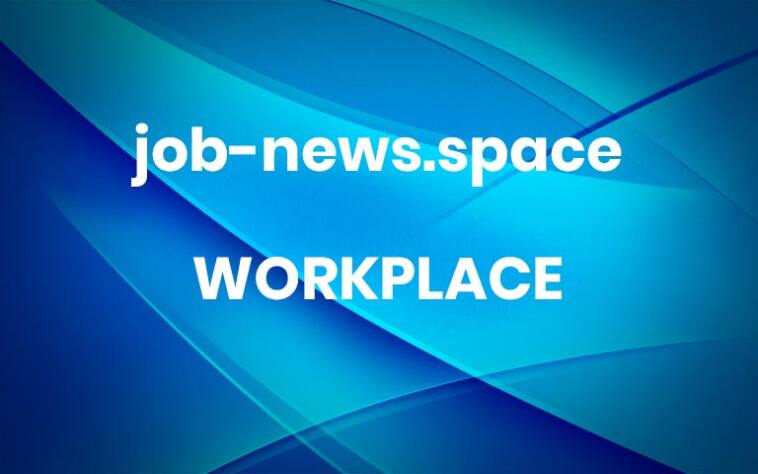Developing Skills in Today’s Workforce for Tomorrow’s Data Challenges
As businesses are put under more pressure to deliver more with fewer resources, ensuring they’re equipped with a refined and skilled data-literate workforce is crucial. An uptake in technology adoption will mean very little, if only a fraction of the workforce has the skills needed to reap the benefits. With upskilling and training integral parts of technological advancement, it’s vital to ensure that all workers are able to question and understand how to use the data and insights received from any new technology.
PwCs CEO research has recently revealed that 61% of CEOs’ tech investment is focused on transforming (rather than just maintaining) their current business to ensure they can endure today’s economic turbulence. As they seek to gather and provide the necessary skills to remain competitive and relevant on a global scale, the skills shortage presents an ever-changing challenge for companies. While some skills gaps have closed, new shortages have emerged. This is also true for data analysis. With data everywhere and every department in every business trying to work with data, the challenge is due to a great demand for, but an equally significant shortage of, highly qualified data scientists.
Building a workforce from within, not from scratch
As businesses grow and the demand for data analysts increases, the options business leaders can take to differentiate themselves is simple: grow what is already present. Tackling the data skills shortage is a journey. While companies often look outwards for technical solutions, the key component to successfully developing a broader data-literate workforce comes from within.
Delivering the decision intelligence required to deliver split-second business insights in real-time requires employees who can competently work with data. These workers don’t need advanced coding skills but instead are often the in-department experts. Knowledge workers in the line of business are an often-untapped resource. With hard-won domain expertise and the ability to effectively combine this knowledge with code-friendly and/or code-free self-service technology, they can easily address their data problems creatively. Whether businesses have data on-premises, in the cloud, or somewhere in between, the combined approach of accessible self-service data platforms and data-literate knowledge workers can make data-literate workforces a reality.
Data literacy and technology
It’s been proven that we are not only operating in the greatest period of data generation in history but also in a remarkably disrupted global economic landscape. While this data surge provides new opportunities for delivering decision intelligence at scale, many businesses struggle to deliver the insights they need at the required speed and scale. Research completed by Statista proves this, as it showed that just 2% of the data produced and consumed in 2020 was saved – and retained – into 2021. This presents a huge opportunity for organizations across the world to train and upskill their current workforce in data literacy so they can understand, interpret, and apply data-driven insights to decision-making.
Data literacy and the ability to harness analytics effectively are key to delivering value from data. Data literacy is also a crucial tool when it comes to developing the next generation of data science talent. It can make a huge difference in how data is interpreted or how AI algorithms are trained. But technology alone cannot solve what is a very human problem. Technology is only ever a facilitator of the human expertise behind it. The analytics skills gap won’t be resolved by teaching more people coding or buying more technology. Instead, business leaders need to focus on democratized analytics – the enablement of anyone in an organization to work with and deliver value from data.
Upskilling is a continuous investment
Developing data literacy and digital skills boils down to how business leaders engage these domain experts – allowing them to lean into analytic opportunities, discover new use cases, and deliver specific end results through a continuous cycle of improvement. Any company aiming to tackle its data skills shortage must focus on the journey: utilizing, upskilling, and enabling the knowledge workers they already employ to support existing data science teams. Domain experts understand the nitty-gritty of the business but might lack the technical knowledge to make data-based decisions. Upskilling this set of employees will levitate the business growth. They already possess the skills to make impactful business decisions; reskilling them with powerful analytical knowledge will provide them with the ability to back these decisions with data insights.
As the need for data intelligence grows, industries must look at how they fulfill their data and analytics needs. The benefits of improving data literacy are plentiful; it helps businesses earn employee loyalty. It helps employees grow their careers as individuals by learning more efficient ways to use data; it helps businesses earn employee loyalty, as well as create a data-intelligent workforce capable of efficient decision-making. In this age of unprecedented data creation, the untapped potential of a data-driven workforce without a data science qualification is yet to be seen, but the possibilities are endless. Yet the upskilling and reskilling of all employees – from IT to sales, accounting, and marketing– in data literacy needs to be a continuous investment. Businesses that understand this will lead the charge by creating a culture of data literacy where anyone can leverage data for strategic decision-making without relying on skilled data workers. Those who fail to take these steps will quickly fall behind the competition.
By Libby Duane Adams, Cofounder and Chief Advocacy Officer at Alteryx.
Share this post: More




